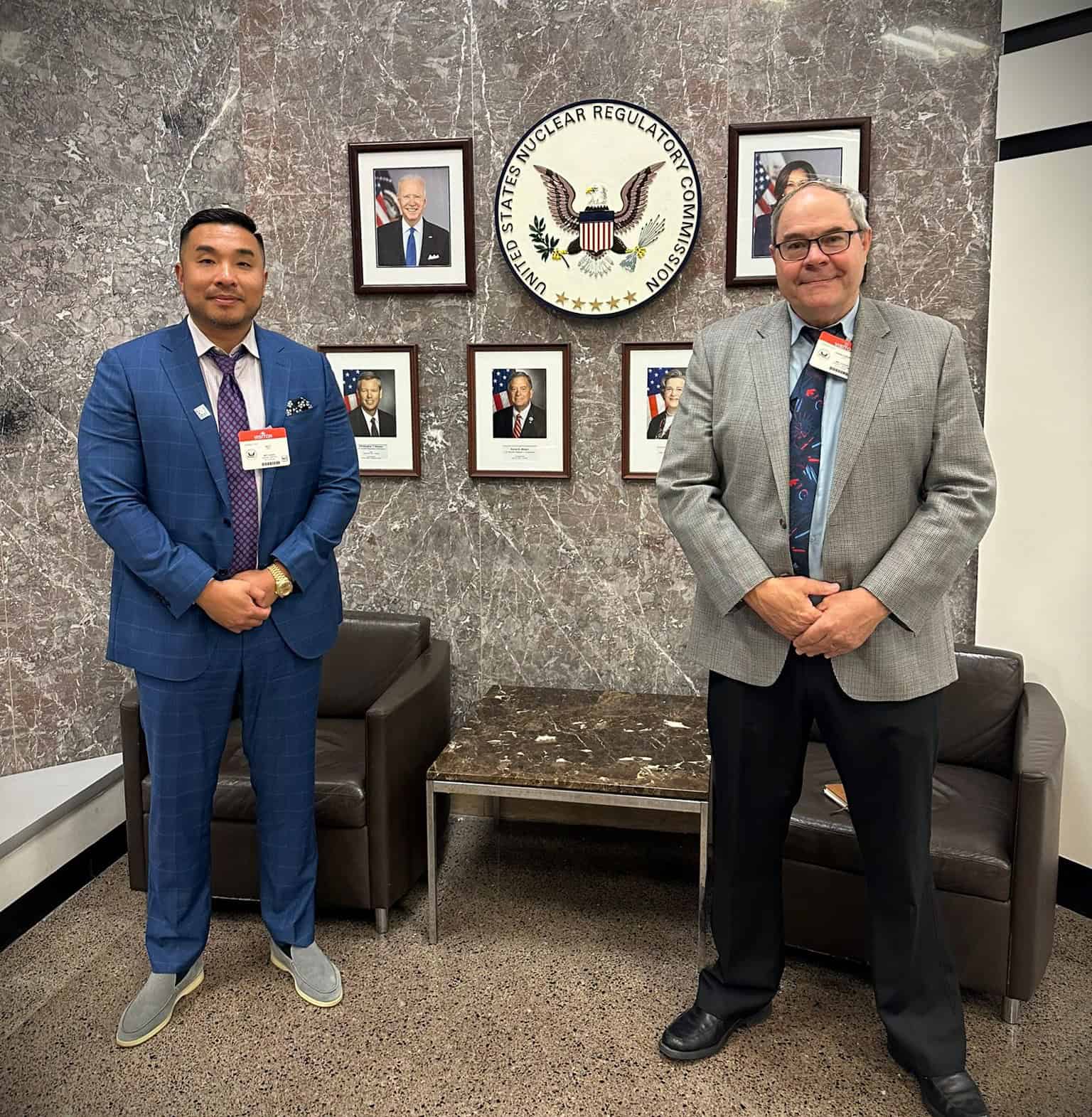The use of nuclear energy in the United States is nothing new. However, in 2024, the passage of new legislation triggered a series of events that would breathe new life into the country’s nuclear industry. It’s a movement that involves many players, but LIS Technologies, a company focused on efficient, laser-powered uranium enrichment, is at the forefront with its third-generation enrichment technology.
The legislation that started it all is the Prohibiting Russian Uranium Imports Act, which banned the purchase of nuclear fuel from Russia. The law was passed not only due to its invasion of Ukraine but also in the interest of national security. Given the country’s dependence on imported Russian nuclear fuel, it created a huge supply deficit.
“The U.S. banned Russian imports, which controlled the market,” explains LIS Technologies President Jay Yu. “Now, with this kind of deficiency here, there’s a bottleneck, and the U.S. doesn’t know where to get HALEU (high-assay low-enriched uranium). None of these small modular reactor or microreactor companies know where they’re going to get their fuel. We’re building all these billion-dollar reactors, yet we don’t even have the fuel for them.”
In response to that bottleneck, the Department of Energy (DOE) began pouring billions of dollars into the development of a domestic nuclear pipeline and the acquisition of domestically produced enriched uranium. LIS Technologies was one of six companies awarded a contract.
Uranium enrichment is an essential part of the production of nuclear fuel. In its natural state, uranium has too little U-235 — the key isotope needed for fuel production — to be used as fuel. When uranium is “enriched,” the concentration of U-235 is increased.
LIS Technologies is one of the chief innovators in the field of uranium enrichment, but the company is essentially picking up where the U.S. left off decades ago. Before Russia dominated the enriched uranium market, the U.S. was the world’s biggest nuclear exporter and a major innovator in the field of nuclear energy.
“In the 1990s, Russia started flooding the world market with enriched uranium, selling it for less than half price compared to what it was,” says company co-founder and CEO Christo Liebenberg. “That’s why the whole U.S. nuclear industry came to a standstill. It essentially destroyed the U.S. nuclear industry.”
At the time, the U.S. was developing the Condensation Repression Isotope Selective Laser Activation (CRISLA) process of uranium enrichment. CRISLA was pioneered by Jeff Eerkens, who is widely considered to be the “father of laser enrichment” and who co-founded LIS Technologies with Christo Liebenberg and Jay Yu in 2023.
LIS Technologies is essentially picking up where CRISLA left off. Eerkens, Liebenberg, and Yu are refining the process to make uranium enrichment more efficient and cost-effective than ever before.The CRISLA technology is 100% US-origin, and one of only two third-generation laser enrichment technologies methods being deployed in the U.S.
“We want to actually say to the public, no, we’re not trying to do this. It’s already been done,” says Yu. “We’re just rebirthing this technology now.”
The revival of nuclear technology is essential to keep up with the staggering demand for energy in the United States. “Right now, the U.S. is producing 100 gigawatts of electricity every year. We’ve got about 94 plants producing 100 gigawatts, so roughly one gigawatt per nuclear power plant,” says Liebenberg.
“The projection is that by 2050, we need three times that amount of nuclear capacity, so we need 300 gigawatts by 2050,” he continues. “That is an extra 200 gigawatts of capacity , which means roughly 200 additional nuclear light-water reactor power plants. That’s about one plant every 90 days!”
Although nuclear power has shown great promise in the quest for clean energy, the average person might understandably be concerned about its safety and security.
The LIS Technologies team emphasizes that it exclusively develops nuclear fuel for peaceful use. The company’s leaders are quick to note that they’re taking precautions to shield the technology from bad actors, as is the U.S. government.
“One concern about the technology is proliferation,” says Liebenberg. “Proliferation is when you can use a technology for two purposes — either peaceful or you can convert that peaceful application into a not-so-peaceful application. And although our intentions are definitely to do this only for peaceful applications, if this technology is not sufficiently protected and secured, a foreign actor might use that technology with other intentions.”
The country’s shift toward nuclear energy is a victory for those concerned about the environment and the sustainability (or lack thereof) of the energy supply. But it’s more than that — the DOE’s move to create a domestic nuclear supply chain has inspired a new era of innovation, growth, and hope.
